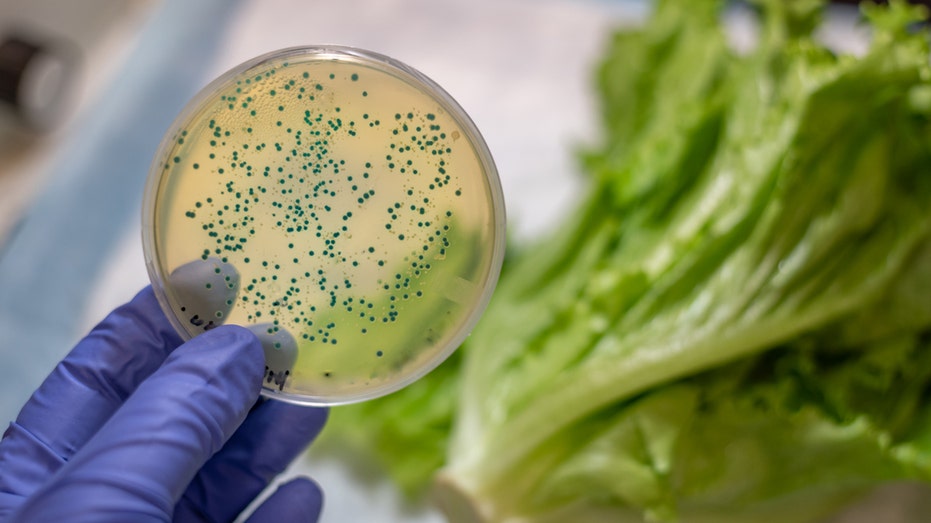The U.S. Food and Drug Administration (FDA) is responsible for the regulation of many food recalls. Meat, poultry and processed egg products are regulated by the U.S. Department of Agriculture.
A food recall is issued when a product violates FDA guidelines.
There are several ways the FDA gets notified that a recall needs to happen. One of which is if the manufacturer comes across the defect in their product and contacts the FDA, according to FindLaw.com.
DANGEROUS REASONS A PRODUCT MAY RECALL; STEPS TO TAKE AS A CONSUMER
Additionally, the FDA could receive reports from consumers, reporting health problems associated with a product, or the Centers for Disease Control may notice a reoccurring health problem related to a product regulated by the FDA, per the source.
Lastly, employees of the FDA could inspect a manufacturer’s property and deem that there is a likelihood that a problem could occur with the product being produced, according to FindLaw.com.
Product recalls regulated by the FDA are broken up into different classes, depending on the severity of health consequences the product could cause for consumers.

THESE FOOD RECALLS SHOULD ALARM ALL AMERICAN CONSUMERS AND HAVE BEEN LINKED TO SERIOUS DISEASE, DEATH
Read more about the different types of FDA recalls below.
- Class I recall
- Class II recall
- Class III recall
1. Class I recall
A Class I recall is defined by the FDA as “a situation in which there is a reasonable probability that the use of or exposure to a violative product will cause serious adverse health consequences or death.”
This is the most severe type of recall.
One example of a situation where a Class I recall is issued is if the FDA discovers a dangerous drug.

PET FOOD RECALLED OVER POSSIBLE SALMONELLA, LISTERIA CONTAMINATION
2. Class II recall
A product that is classified under a Class II recall could still inflict harm on consumers, but is less serious than a Class I recall.
A Class II recall is “a situation in which use of or exposure to a violative product may cause temporary or medically reversible adverse health consequences or where the probability of serious adverse health consequences is remote,” as defined by the FDA.
If a product you have is subject to a Class II recall, check the FDA website for more information.

ANOTHER DEATH LINKED TO BOAR’S HEAD DELI MEAT RECALL
You may be able to return the product for a full refund.
3. Class III recall
A Class III recall is the least severe of the three.
“A situation in which use of or exposure to a violative product is not likely to cause adverse health consequences,” according to the FDA.
Examples of a situation that could result in a Class III recall could be a non-organic product being labeled as an organic one, or a product that displays the incorrect weight on its label, according to the North Carolina Department of Health and Human Services.

When it comes to food recalls, in addition to being listed on the FDA’s website with further information, they are often announced through the media as well.
Additionally, consumers can view past recalls on the FDA site. Former recalls dating back up to three years are available before they are archived.













